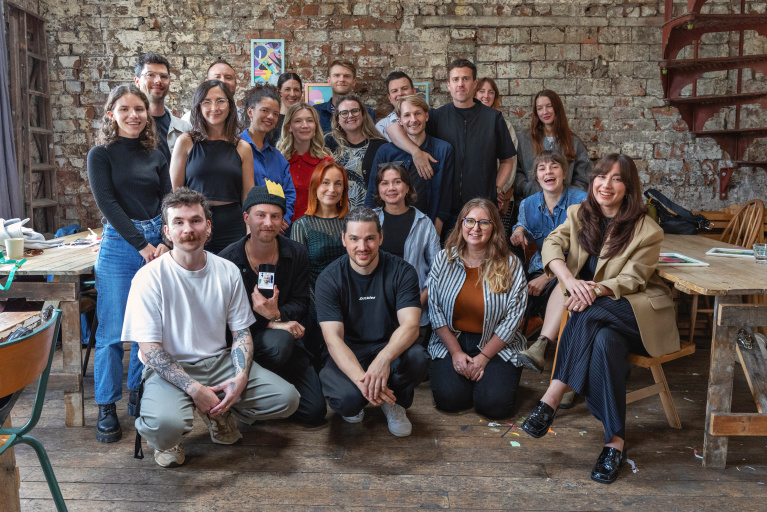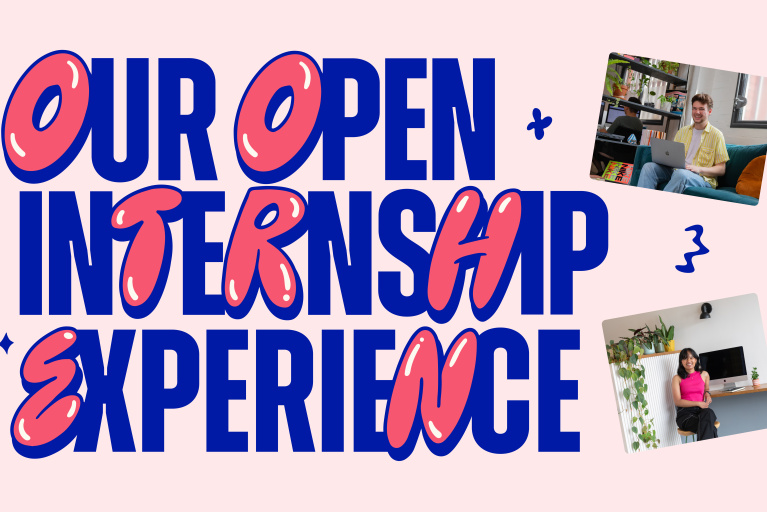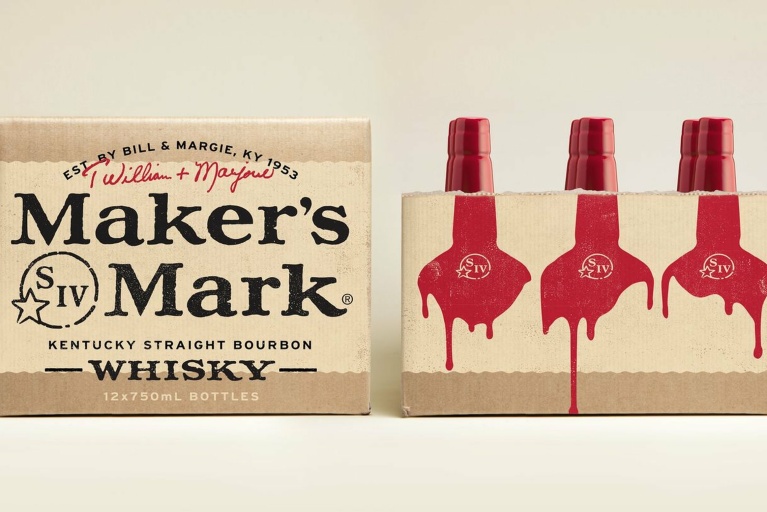Earlier this morning, after 30 days of different designs Yahoo! finally, and rather anticlimactically, released their new logo design onto the world. Along with the new design came a rather baffling statement from Marissa Meyer, the CEO of Yahoo! who professed to creating the logo herself with an in-house team over the “majority” of a weekend. Now regardless of what you think of the new mark (that’s a whole other post altogether), this statement is not likely to sit well with designers and even at the time of writing Twitter has become awash with discussion around Miss Meyers comments.
Last week also saw video-sharing site YouTube roll out a new look logo. Ditching the plump, over volumised look, the new look design largely focuses on a flattened play icon with a thinner more refined typeface. As with the redesign of any corporate giant’s logo these days, the design community jumped on it with the new look strongly dividing opinion. The Drum published a piece entitled ‘Industry Reaction to YouTube’s New Logo‘ and spoke to some of the industries leading brand experts about their thoughts on the new approach.

Now there’s nothing wrong with stimulating debate around design, but considering YouTube have released a statement saying that the old logo “is not going away” and is still the “core part of YouTube” it seems a little hasty to start critiquing a design which is yet to be fully integrated into the brand’s visual identity. And here in lies the problem. As a community of designers, I feel we’re sometimes too quick to judge logo designs which have been pulled out of context and have no back story attached to them. It’s a lack of context that makes logo designs such easy prey. I’ve lost count of the number of times I’ve seen a storm erupt within the Twittersphere over the latest high profile identity redesign. With the launch of Yahoo!’s new brand mark today, we’re likely to see a huge number of reactionary posts circulating the web later today. Everyone wants to be part of the conversation and suddenly everyone becomes a designer.
This can however be a rather dangerous practice. A case in hand was the recent redesign of Everton Football Club’s crest. The new design of the crest which has been well documented here by Creative Review sparked such outrage from the fans and club supporters that a petition with over 20,000 signatures was put forward and the club had to scrap the new design altogether. The whole saga became a witch-hunt and the victim was actually a well considered and well reasoned piece of design (the club actually released a 8-page rationale behind the design of the new crest which is worth a read). 
In a similar vein, you may also remember the University of California logo which was launched last year to such distain and public outcry from the design community and general public alike, that they pulled the monogram altogether. What was interesting about this, was that the monogram was initially released away from any sort of context and in complete isolation. There was no explanation behind the design and it wasn’t until later on, when the full design system and application (as documented here by Brand New) of the mark was revealed, that the reasons for the design began to make more sense.
And here in lies the problem and the reason for this post. Until we have a full understanding of the strategic approach and application of the mark, surely we must tread lightly? With the rise and accessibility of Twitter, it’s never been easier to share content and opinion and whilst freedom of information and speech can only be a good thing, amongst the noise and hysteria perspective can sometimes get lost. What we must understand as designers is that behind every redesign there is a story and whilst we’re not always privy to that information, until we fully understand the context and process behind a new piece of design it’s wrong for us to adopt ththis digital lynch mob mentality. For whatever reason, branding still seems to spark more debate than other topic within the design cocommunity. The fact that a redesign of a logo for organisations such as Yahoo!, YouTube or Everton FC can cause such heated discussion, is testament to the importance of a strong company identity and the continuing strength of branding in today’s modern world.
What do you think? Are we too quick to react to a new logo design? Do we need to give it time to settle and see it in it’s full context? We’d love to know what you think. Join the debate.









